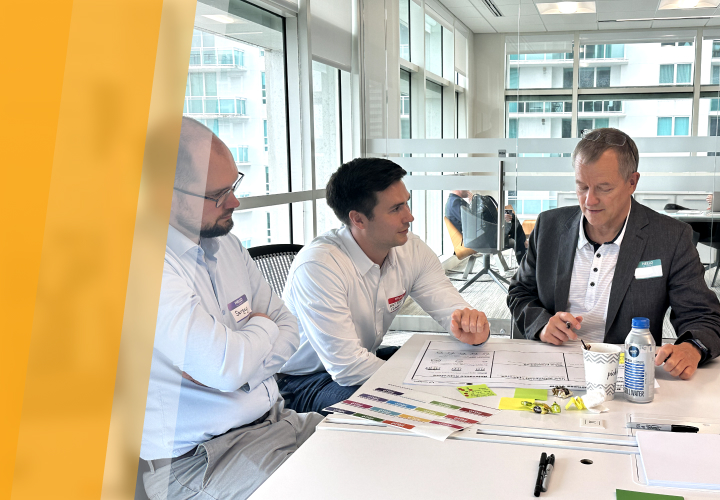Table of contents
Dr.Victor Lozinski has given an interview to the Nasdaq Entrepreneurial Center where he unveils key startup challenges related to the application development process. Ready for provocative advice? You’ll find it in the article!
Which is the most essential area startups should focus on while working on their ideas?
Generally, startups work in a constrained environment, with limited time and resources, both financial and HR.
One of the most important areas for them is application development. In the corporate world, you can sell products that need further enhancements, whereas in a startup, without application being in place, it's no way to be successful.
A key point here is that a startup with a decent idea and great execution has a high chance to have a successful journey.
If you have a great idea and poor execution, forget about success. Of course, it’s better to have a great idea and great execution in one, but if you have to set priorities, let it be a decent idea and great execution. Particularly for the early stage startups, execution stands for the application development.
App development is quite a tricky process. Are there any challenges startups usually have to deal with?
Of course, application development in startups has a number of challenges. We have defined three types of them — business, technological, and organizational.
An example of a business challenge is finding the right balance between limited time and resources and the MVP (minimum viable product) scope. Another issue is related to customer focus management and at the same time maintaining your application scope. I'm calling it ‘the art of saying no’.
If we are talking about technology challenges in architecture, everyone knows that architecture should be stable, expandable, scalable, and maintainable.
But sometimes the ‘chaotic’ architecture happens (especially if you work under limited time and resources constraints), so you need to pay attention to it.
Selecting the right technology stack is also a challenging task. Some people choose the technology stack that they will use for application development based on the knowledge available in the team. In fact, the approach should be opposite — first, you need to select technologies and then, build your team around them.
Gather customer feedback. Many tools today allow you to accumulate it. You still have no replacement for direct customer interactions, but the tools provide much data you need to analyze and make precise decisions. This process is like a back loop, almost continuous.
Organizational challenges include creativity issues. How much creativity do you want to establish in your team versus how much structure you need to make sure that you are not only involved in constant researching, but also work with tough deadlines and commitments?
In the beginning, you can offer more creativity sessions, like brainstorming, and spend more time thinking about how your application should look like. As soon as you start having the first customers/investors and new releases of the application, you should focus more on deadlines.
What about decision-making during the app development process?
A wrong decision is better than no decision. If you’ve made the wrong decision, you still have a chance to recover. I know it sounds a bit provocative, but I claim that wrong decisions are better than no decision. Of course, I'm not saying, “Make wrong decisions.” But if you have to choose, a decision or no decision, make a decision, and hopefully it will be right. Or put all efforts to make it right, and if it turns out to be wrong, try to recover, but don’t sit without making any decision at all.
Originally published at LeverX.com



